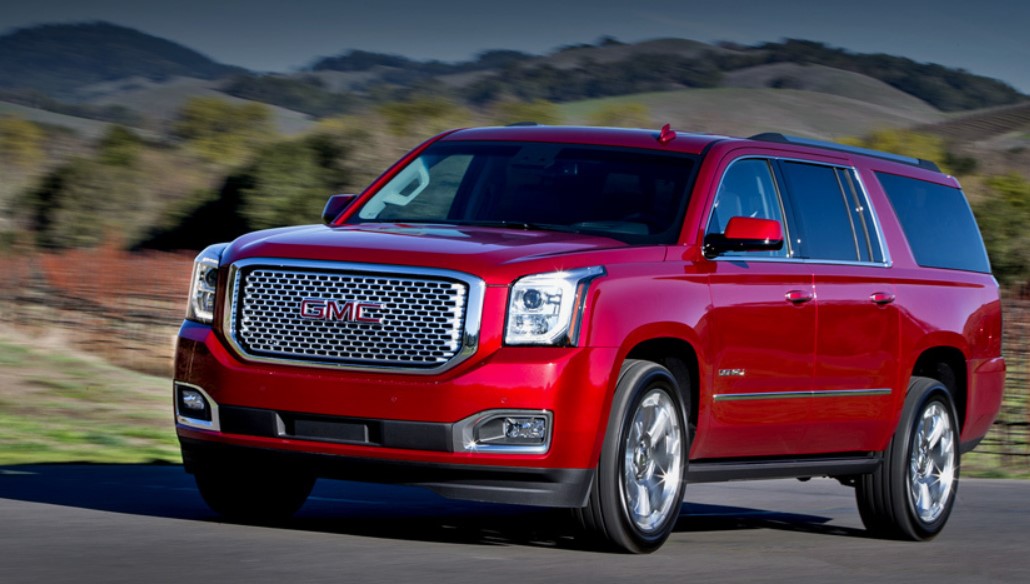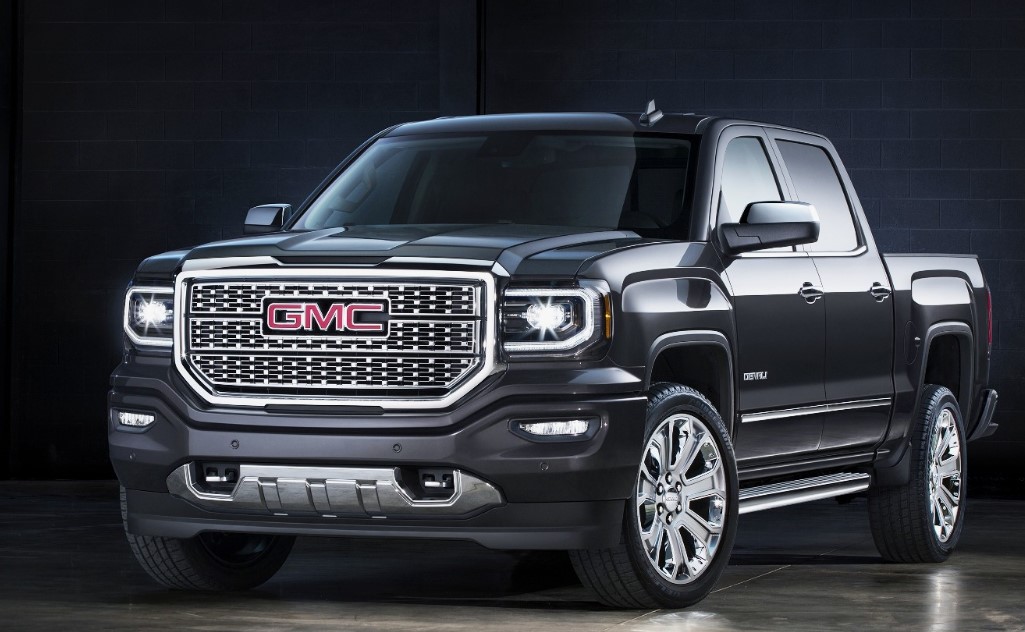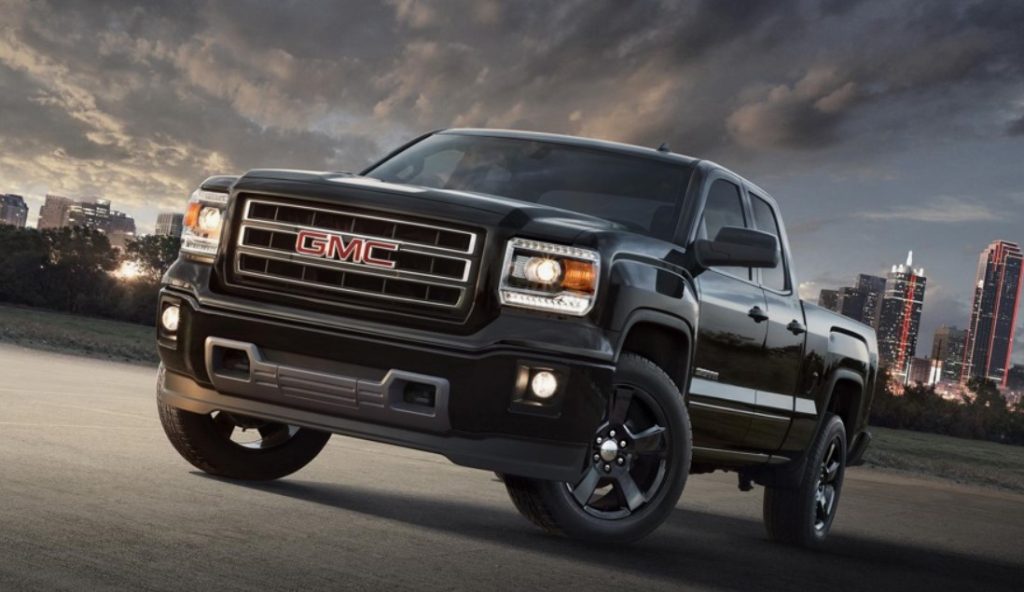
GMC (formerly General Motors Truck and Coach, and GMC Truck) is a division of the American automotive giant, General Motors (GM). Renowned for its robust crossovers, SUVs, pickups, and light commercial vehicles, GMC has built a reputation over more than a century as a trusted manufacturer of reliable, powerful, and versatile vehicles. With a primary market in North America and a strong presence in the Middle East, including options to rent a car Dubai featuring their models, GMC remains a cornerstone of the global automotive industry.
The Origins of GMC: From Humble Beginnings to Global Recognition
The history of GMC dates back to 1902, when brothers Max and Morris Grabowski founded the Rapid Motor Vehicle Company. Initially focused on the production of one-ton trucks, Rapid quickly gained attention for its durable vehicles, laying the groundwork for what would become one of the most prominent truck brands in the world. Just a few years later, in 1908, Rapid Motor was acquired by General Motors, marking a major milestone for the company. It was envisioned that Rapid would serve as the nucleus of GM’s truck division. In the same year, GM also acquired Reliance Motor Car Company, another manufacturer of commercial vehicles.
By 1911, both Rapid and Reliance were merged into a new division under the GMC Truck name, officially establishing GMC as a dedicated truck manufacturer. This marked the beginning of a journey that would see GMC trucks play a vital role in shaping transportation, commerce, and even military operations around the world.
GMC in the World Wars: A Crucial Contributor to Military Efforts
During World War I, GMC’s reputation as a reliable truck manufacturer was further solidified through its significant contributions to the war effort. GMC produced approximately 10,000 trucks for the military, delivering robust vehicles capable of handling the difficult terrain and demanding conditions of the front lines. These early military vehicles would set the stage for GMC’s lasting association with durability and dependability in commercial and military applications.
World War II saw an even greater demand for GMC’s engineering expertise. Beyond trucks, GMC expanded its production to include a variety of military vehicles and equipment, such as tanks and submarine parts. One of GMC’s most iconic wartime contributions was the DUKW amphibious truck, often referred to simply as the “Duck.” This amphibious vehicle could operate on both land and water, making it a crucial asset in military operations across diverse terrains. The DUKW was produced in two-ton, four-ton, and eight-ton variants and became legendary for its versatility and reliability during pivotal operations in World War II.

Post-War Expansion and Diversification: A New Era for GMC
Following the conclusion of the wars, GMC redirected its focus to the civilian market, but its contributions to military and commercial sectors helped the company build a reputation for quality and reliability that resonated with consumers. In 1925, GMC expanded its operations by acquiring The Yellow Cab Manufacturing Company, a move that significantly broadened its product lineup. This acquisition allowed GMC to offer trucks with a variety of load capacities, catering to a wider range of commercial applications.
One of the most significant moments in GMC’s post-war history came in 1956, when the company introduced its first all-wheel-drive truck. This innovation marked the beginning of GMC’s expansion into the consumer market for SUVs, pickups, and minibuses. The addition of all-wheel-drive vehicles to the lineup helped GMC tap into a growing market segment of consumers looking for vehicles that could handle both urban environments and rugged terrains.
The 1950s to the 1970s: Pioneering Innovation and Expanding Model Lineup
The 1950s and 1960s saw GMC solidifying its position as an industry leader through innovation. In 1934, GMC introduced its first cab-over-engine truck, a revolutionary design that allowed for greater cargo space and maneuverability. This was followed by the launch of the half-ton T-14 pickup truck in 1938, GMC’s first foray into the pickup market. These innovations would go on to influence the design of trucks and commercial vehicles for decades.
In the mid-1950s, GMC introduced the “Jimmy” line of trucks, which quickly became synonymous with rugged performance and versatility. The 1954 Jimmy 630 series, for example, featured a Detroit diesel engine, a 5-speed main transmission, and a 3-speed auxiliary transmission, providing unmatched power and flexibility for commercial applications. The introduction of four-wheel-drive capability in 1956 opened new doors for GMC, allowing it to expand beyond traditional trucks into SUVs and off-road vehicles.
By the 1970s, GMC was firmly established as a leader in the truck and SUV market, producing vehicles that were not only dependable for commercial purposes but also appealing to a growing segment of outdoor enthusiasts and families looking for rugged, versatile vehicles.
GMC’s Role in the Commercial Market and Industry Partnerships
Throughout the 1980s and 1990s, GMC continued to innovate and expand its reach. In 1988, GMC became a key player in the formation of the Volvo-White truck manufacturers’ association. This collaboration resulted in the development of the New Family series of trucks, further solidifying GMC’s role as a leader in the commercial truck market.
The 1990s also saw the introduction of several iconic GMC models, including the Yukon in 1991, the Typhoon in 1992, and the Sierra ACE pickup truck in 1999. These vehicles became popular for their combination of power, utility, and comfort, appealing to both commercial and consumer markets.
In 1996, GMC officially changed its name to reflect a modernized identity that emphasized its unique position within the General Motors family. This rebranding was followed by the introduction of new models like the Acadia in 2007, which marked GMC’s second unibody vehicle. This crossover SUV was designed to meet the growing demand for family-oriented vehicles that could handle a variety of driving conditions.
The Electric Revolution: The Return of the Hummer and the Push for Sustainability
The 21st century has brought significant changes to the automotive industry, particularly with the rise of electric vehicles (EVs). GMC has embraced this shift with its own groundbreaking developments. In 2020, General Motors announced the revival of the Hummer name, not as a standalone brand, but as part of the GMC family. This time, the Hummer was reimagined as a line of electric vehicles, showcasing the brand’s commitment to sustainability without compromising on performance.
The GMC Hummer EV line includes both an electric pickup truck and an SUV, designed for off-road enthusiasts and eco-conscious consumers alike. These vehicles are equipped with advanced electric drivetrains, delivering zero-emission power while maintaining the rugged, all-terrain capabilities that Hummer vehicles were known for.
In 2023, GMC teamed up with EarthCruiser to develop a concept Hummer EV SUV, further exploring the possibilities of electric off-road vehicles. The partnership also resulted in a range of accessories tailored for the zero-emission SUV, ensuring that the electric Hummer is not just an eco-friendly alternative but a fully capable off-road vehicle.

Cutting-Edge GMC Technologies: Innovation at Its Best
As a forward-thinking brand, GMC has consistently integrated new technologies into its vehicles, making them some of the most advanced on the market. Some of the most notable GMC innovations include:
🡪Power Station-Generator
This system allows GMC vehicles to deliver up to 3 kW of power, transforming the vehicle into a mobile power station, perfect for outdoor adventures or as an emergency backup generator.
🡪On-Demand Regeneration
This feature allows the vehicle to slow down to a complete stop without the driver pressing the brake pedal. The energy from this process is returned to the battery, improving the overall efficiency of the vehicle.
🡪Terrain Mode
Designed for off-road driving, this feature integrates the braking system with single-pedal control, giving drivers precise control when navigating difficult terrain, such as rocks and steep inclines.
🡪HD Surround Vision
With up to 14 cameras, including underbody cameras, GMC’s HD Surround Vision helps drivers navigate tricky parking situations or challenging off-road paths with ease.
🡪On-Board Energy App
GMC’s infotainment systems are equipped with an On-Board Energy App that allows drivers to track their vehicle’s energy usage, customize charging schedules, and manage battery performance directly from the touchscreen.
🡪Profile Customization
This technology links the vehicle’s settings, such as seat position and climate control, to specific driver profiles, allowing for automatic adjustments based on who is driving.
GMC’s Best Models: Combining Power, Comfort, and Innovation
GMC’s vehicles are consistently rated highly in terms of quality and performance. According to iSeeCars.com, the GMC Sierra 3500HD is the brand’s best-rated model, receiving a quality score of 9.2 out of 10. Known for its impressive towing capacity and rugged performance, the Sierra 3500HD is a favorite among those who need a heavy-duty workhorse.
The GMC Terrain, with a quality score of 8.6 out of 10, ranks as one of the top small SUVs in its category. This midsize crossover is a popular choice for families looking for a vehicle that combines the comfort of a family car with the ruggedness of an SUV.
Other top-rated GMC models for 2024, as listed on Goodcarbadcar.net, include the GMC Sierra 2500 HD SLT, GMC Terrain Denali, GMC Acadia Elevation Premium, GMC Yukon SLT, and the GMC Hummer SUV. These models showcase GMC’s versatility in producing vehicles that cater to a wide range of needs, from heavy-duty trucks to luxurious family SUVs and cutting-edge electric vehicles.
The Road Ahead: GMC’s Vision for the Future
GMC has consistently evolved to meet the needs of its customers while pushing the boundaries of automotive technology. With its rich history of innovation, reliability, and versatility, GMC is well-positioned to continue leading the way in both traditional and electric vehicles. As the automotive industry shifts towards sustainability, GMC’s commitment to electric vehicles like the Hummer EV highlights the brand’s forward-thinking approach.
Whether it’s through the continued development of robust trucks and SUVs or the expansion of its electric vehicle lineup, GMC remains dedicated to providing consumers with the quality, performance, and innovation they’ve come to expect over the last century. As GMC enters its next era, the legacy of the Grabowski brothers lives on in every vehicle the company produces—a testament to over a hundred years of engineering excellence and a promising future.

Soccer lover, nature enthusiast, guitarist, Bauhaus fan and critical graphic designer. Doing at the fulcrum of minimalism and purpose to craft experiences that go beyond design. I am 25 years old.


